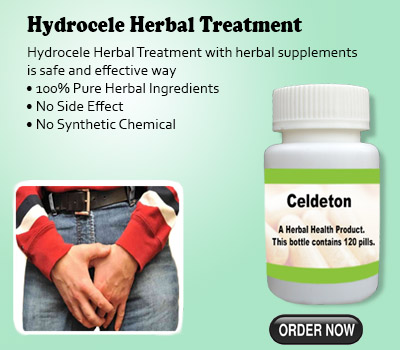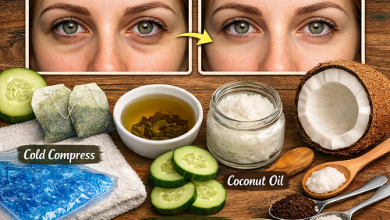Natural Remedies for Hydrocele How Can I Treat My Hydrocele at Home

Hydrocele
A hydrocele is an accumulation of fluid within the sac that surrounds the testicle, resulting in ballooning and enlargement of the scrotum. It can vary in size from just slightly bigger than the actual testes to larger than a cantaloupe. Each testicle is surrounded by a thin sac known as the tunica vaginalis. The tunica vaginalis has an inner layer and an outer layer. Natural Remedies for Hydrocele, there is a small amount of fluid present between these two layers that serves as lubrication so the testes can rotate and move freely within the scrotum. The inner layer is responsible for manufacturing this fluid, and the outer layer is responsible for its reabsorption.
A hydrocele is a disorder of the production and reabsorption. Natural Treatments for Hydrocele, when the outer layer of the tunica vaginalis is unable to reabsorb all of the fluid that is produced by the inner layer, the fluid will gradually accumulate. Hydroceles may also result from trauma, infections, tumors or operations such as a hernia and varicocele repairs. The fluid content of most hydroceles is straw-colored and odorless.
Symptoms of Hydrocele
Hydroceles don’t often cause symptoms. Even though the swelling may worry new parents, it does not bother a baby and often goes away in the first year. In older males a hydrocele is most often painless, but may cause some pain due to the increased size of the scrotum used to Herbal Treatment for Hydrocele.
Causes of Hydrocele
The testicles develop near the kidneys in the abdomen. By the end of pregnancy, they move down to their normal position in the scrotum.
A muscle lining opens in the scrotum (the inguinal ring) to let the testes drop from the abdomen, forming a sac or canal. If the ring stays open or reopens, a small amount of fluid can move from the belly to the scrotum through this passage. This causes a hydrocele. In most boys this canal closes and use Herbal Supplement for Hydrocele.
Hydroceles can also happen after injury and swelling of the scrotum. They can get better in a few months. If not, they need medical attention.
How is a Hydrocele Treated
Most small and moderate-sized hydroceles that are minimally symptomatic can be managed by periodic checkups. If a hydrocele progresses to the point where it causes discomfort, pain, tightness, deformity, or embarrassment, an option is to pass a needle into the hydrocele sac and drain the fluid, but this is most often just a temporary fix, as the root cause is unchanged and the fluid generally will re-accumulate.
The most definitive means of management is a relatively simple outpatient surgical procedure called a “hydrocele repair” or “hydrocelectomy.” The incision is typically made through the midline “seam” of the scrotum. The involved testicle and surrounding hydrocele sac are delivered through the incision, the sac is opened, the fluid is drained, and generally the sac is excised and overseen. Alternative Treatment for Hydrocele, the opened sac is turned back on itself and sewn to itself. Either method results in exposing the testes to the scrotal wall (as opposed to the outer layer of the tunica), which functions to resorb the fluid produced by the inner layer of the tunica. This procedure is highly successful.
How Can I Treat My Hydrocele at Home
Hydrocele treatment at home is not recommended by doctors.
How to Get Rid of Hydrocele at Home, it is important to note that ‘Trial of Aspiration’, or draining the fluid using a needle, is a temporary procedure that relieves symptoms may be only for a week and increases the chances of infection. It should only be attempted in inoperable cases or if the patient is unfit for surgery.
Patients like Rachit who develop larger hydroceles are suggested surgery as early as possible.
Click for More Info: Herbs Solutions by Nature
Resource Link:
https://njurology.com/hydrocele-symptoms-diagnosis-treatment/
https://www.sitarambhartia.org/blog/general-surgery/hydrocele/
https://www.urologyhealth.org/urology-a-z/h/hydroceles-and-inguinal-hernia




